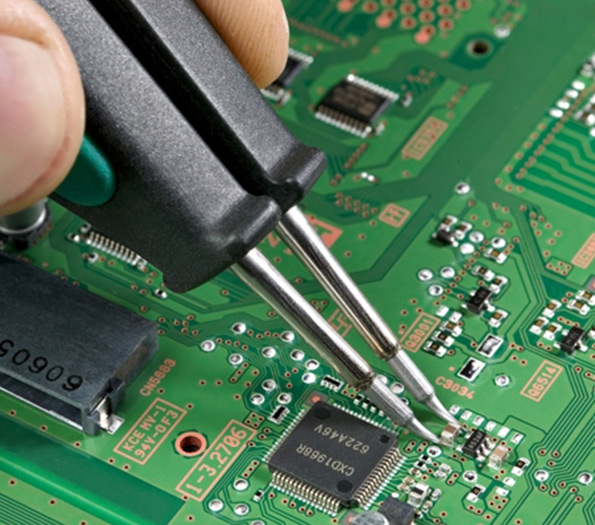

The Process of Tempered Glass A Comprehensive Overview
Tempered glass, also known as toughened glass, is a type of safety glass that has been heat-treated to increase its strength and resistance to thermal stress. The process of manufacturing tempered glass involves several critical steps, each contributing to the final product's durability and safety. In this article, we will explore the various stages of the tempered glass process and highlight the advantages of using this material in various applications.
1. Selection of Raw Materials
The tempered glass process begins with the selection of high-quality raw materials. The primary component is silica sand, which is combined with various additives like soda ash and limestone. These materials are carefully sourced and tested to ensure they meet the industry standards for clarity and strength. The quality of raw materials has a direct impact on the final product, making this step crucial for successful tempered glass production.
2. Melting
Once the raw materials are prepared, they are mixed and fed into a furnace where they are subjected to extreme heat. The temperature in the furnace typically ranges from 1,650 to 2,000 degrees Fahrenheit (about 900 to 1,100 degrees Celsius). Under these conditions, the raw materials melt and form a smooth, homogeneous glass liquid. This process is vital because it ensures that the material is free of imperfections, which can weaken the final product.
3. Forming
After the glass has melted, it is formed into sheets. This can be done using several techniques, including the float glass process, which involves pouring molten glass onto a bed of molten tin, allowing it to spread into a uniform sheet. This technique helps achieve an even thickness and a smooth surface finish, which are essential properties for tempered glass.
4. Annealing

Once the glass sheets are formed, they undergo an annealing process. This step involves slowly cooling the glass to relieve internal stresses and ensure uniform thickness. After cooling, the glass can be cut to the desired dimensions. Annealing is crucial because any residual stress in the glass can lead to breakage during the subsequent tempering process.
5. Tempering
The tempering process is where the glass gains its strength and toughness. The cut glass sheets are heated again to approximately 1,200 degrees Fahrenheit (about 650 degrees Celsius) in a tempering furnace. This rapid heating phase is followed by a quick cooling process known as quenching, where jets of cool air are blown onto the glass. This combination of heating and rapid cooling increases the strength of the glass by creating compressive stresses on the surface. As a result, tempered glass is up to five times stronger than standard glass and can withstand significant impact and thermal stress.
6. Quality Control and Testing
After the tempering process, the glass undergoes strict quality control measures. Various tests are performed to assess the glass's strength, thermal resistance, and surface quality. Any defective pieces are discarded to ensure that only the highest quality tempered glass reaches the market. This rigorous quality control is essential for maintaining safety standards, especially in construction and automotive applications.
7. Final Processing and Distribution
Once the tempered glass has passed inspection, it may undergo additional processing steps such as cutting, edging, or surface treatment, depending on its intended use. After processing, the tempered glass is packaged and distributed to manufacturers and retailers worldwide.
Conclusion
The process of manufacturing tempered glass involves a series of meticulous steps that contribute to its strength, safety, and versatility. From the careful selection of raw materials to the rigorous quality control measures, every phase of production plays a vital role in ensuring that the final product meets the high standards required for various applications. The benefits of using tempered glass, including its enhanced strength and safety features, make it a preferred choice in architectural projects, vehicle windshields, and various household items, reflecting its essential role in modern construction and design.